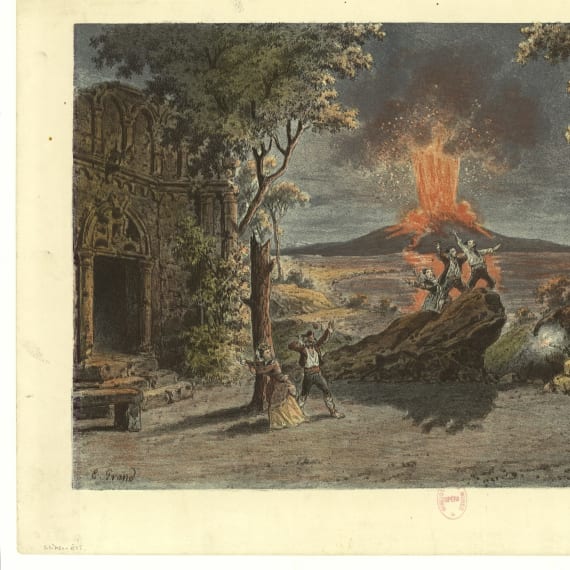Prices
Show / Event
Venue
Experience
No result. Clear filters or select a larger calendar range.
No show today.
© BnF

Focus - The making of grand opera
On the stage of the Le Peletier theatre, audiences were to discover productions that rivalled with each other in extravagance. Eugène Scribe (1791-1861) was the main provider of libretti. Although signed by him, these texts were produced under the supervision of numerous collaborators. Composers often amended their scores from day to day. Sets developed to accommodate ever more sophisticated staging and an increasing preoccupation with realism presided over the elaboration of the costumes.
These monumental creations were underpinned by the innovations of the 19th century: in 1849, for Act III of Le Prophète by Meyerbeer, the engineer Jules Dubosq, in charge of lighting at the Opera, invented an arc-lamp that could imitate a sunrise.
Whilst grand opera owes its existence to hitherto unknown artistic and technical means, it also managed to find, in the context of the reforms initiated by Louis-Philippe, a viable economic model.













